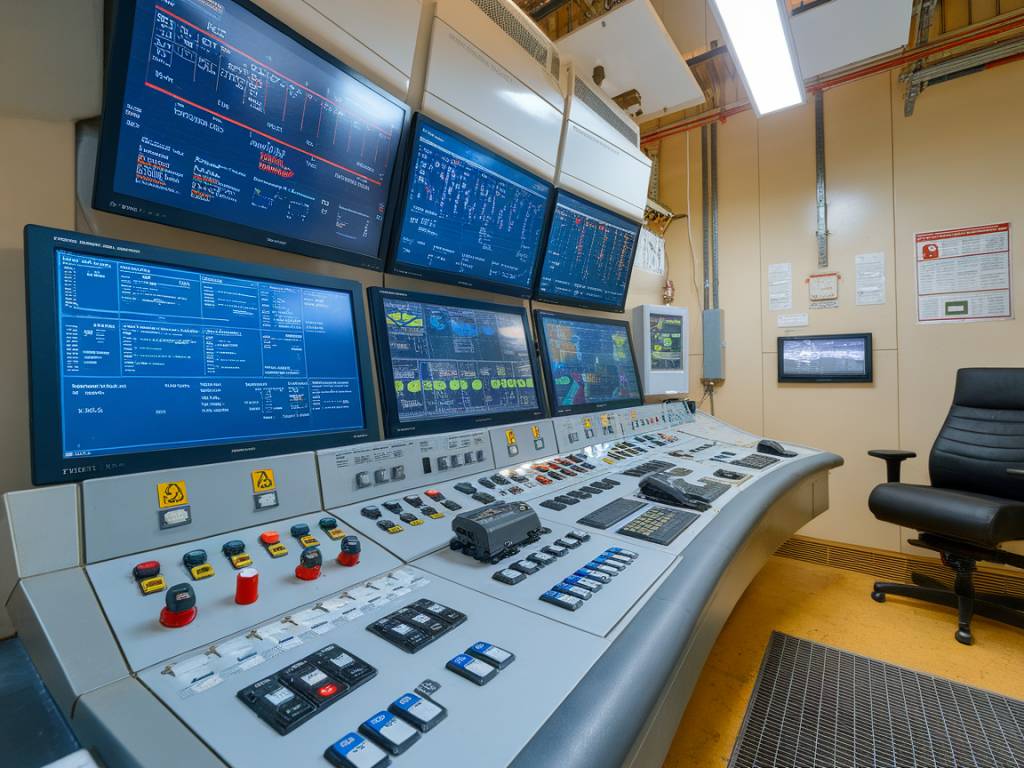Understanding Smart Grids: A Modern Evolution in Energy Systems
Have you ever wondered how electricity is delivered to your home or workplace? For decades, energy systems operated on a straightforward, one-directional path: power plants generated electricity, which traveled along transmission lines to reach end users. But as we transition to renewable energy sources and face increasing energy demands, this linear model is no longer sufficient. Enter: the smart grid, a sophisticated, bidirectional energy system that has become essential for modern energy management.
Smart grids are more than just an upgrade to our current infrastructure—they represent a fundamental shift in how we produce, distribute, and consume energy. But what makes them so critical? And how are they shaping the future of energy? Let’s dive in.
Why Traditional Grids Are Falling Behind
The traditional energy grid, while reliable in its time, was designed for a different era. It struggles to accommodate the challenges of today’s energy landscape, such as:
- Renewable Energy Integration: Renewables like solar and wind are intermittent by nature. Traditional grids can’t easily adapt to these fluctuations in energy supply.
- Growing Energy Demand: With the rapid urbanization and digitization of our world, energy consumption is soaring.
- Outdated Infrastructure: Many parts of the grid were built decades ago and lack the flexibility to support modern needs.
- Climate Resilience: Increasingly frequent extreme weather events demand a grid that can adapt and recover quickly.
In short, the traditional grid isn’t equipped to handle the complexities of a sustainable, renewable-driven future. That’s where smart grids come in.
The Key Components of Smart Grids
When we talk about « smart » grids, what exactly makes them smart? These systems leverage advanced technology to enable real-time communication, automation, and optimization across the grid. Let’s break down some of their core features:
- Advanced Metering Infrastructure (AMI): Smart meters allow two-way communication between consumers and utility companies, enabling real-time energy monitoring.
- Distributed Energy Resources (DER): From rooftop solar panels to battery storage systems, smart grids seamlessly integrate these decentralized energy sources.
- Grid Automation: Sensors and automated controls detect and respond to issues like power outages or voltage drops, ensuring a reliable energy supply.
- Data and Analytics: By processing vast amounts of data, smart grids can optimize energy flows and predict future demands.
These components work together, creating a dynamic and efficient energy system that’s not only more sustainable but also better equipped to handle the complexities of modern life.
The Environmental and Economic Benefits
One of the most significant advantages of smart grids is their ability to support the transition to renewable energy. By balancing energy supply and demand in real-time, they make it easier to integrate cleaner sources like wind, solar, and hydropower into the grid. But the benefits don’t stop there:
- Reduced Carbon Emissions: Smart grids optimize energy use, cutting down on waste and lowering greenhouse gas emissions.
- Cost Savings: Greater efficiency means fewer energy losses, translating into savings for both utility providers and consumers.
- Enhanced Reliability: With automated monitoring and rapid response systems, smart grids minimize blackouts and power interruptions.
- Consumer Empowerment: Smart meters and real-time data give individuals the tools to manage and reduce their own energy consumption.
The result? A win-win for the planet and your wallet.
Real-World Examples of Smart Grid Success
Smart grids aren’t just a theoretical concept—they’re already in action across the globe. Let’s take a look at how some regions are leveraging these systems to revolutionize their energy landscapes:
- Germany: Known for its commitment to renewable energy, Germany uses smart grids to integrate vast amounts of solar and wind power into its national grid, ensuring stability even during periods of high demand or inconsistent supply.
- United States: In California, a state plagued by wildfires and grid instability, utility companies are using advanced grid automation to prevent outages and quickly address damages.
- Denmark: Denmark has become a leader in wind energy thanks to its smart grid infrastructure, which balances supply and demand by distributing excess wind power to neighboring countries.
These case studies demonstrate how smart grids are already delivering tangible benefits—proving that this isn’t just the future of energy; it’s the present.
Challenges and Opportunities
Of course, no technology is without its challenges. Implementing smart grids requires significant investment, coordination between stakeholders, and robust cybersecurity measures to protect sensitive data. Additionally, educating the public and ensuring widespread adoption of smart meters can be a complex task.
However, these challenges also present opportunities. By embracing innovation, governments, utility providers, and tech companies can drive economic growth, create jobs, and foster international collaboration. As more countries invest in smart grids, the costs of implementation are expected to decrease, making these systems more accessible worldwide.
Taking Action for a Smarter Energy Future
So, what does this all mean for you? Whether you’re an energy professional, a policy-maker, or simply someone passionate about sustainability, understanding the importance of smart grids is crucial. They’re not just a technical upgrade—they’re a pathway to a cleaner, more efficient, and resilient energy future. By supporting policies and technologies that promote smart grid development, you’re contributing to a more sustainable world.
And let’s face it: with climate change accelerating and energy demands rising, we can’t afford to stick with outdated solutions. It’s time to think smart—because the grid of the future is already here, and it’s ready to power a brighter tomorrow.
